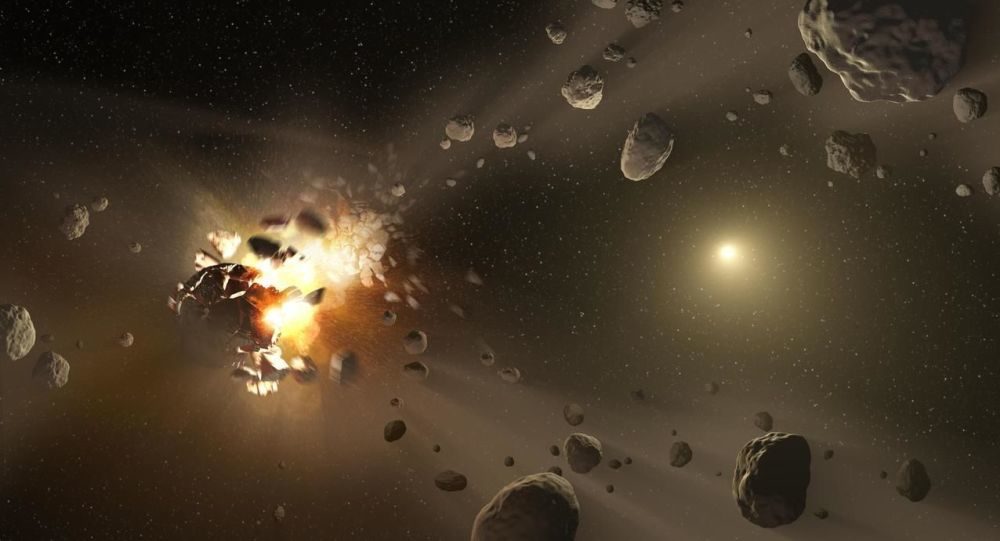OF THE
TIMES
After China and Russia, who is next on the list of countries the US wants? Iran?
"I'm from Ze Government, and I'm here to help you."
Awful lot of lithium batteries around these days. Just sayin'. Or the other options, carelessness and sabotage.
British troops could be deployed in Gaza to assist with aid deliveries What they are really saying is: British troops could be deployed in Gaza to...
They treat it as a game. That's because - to them - it IS a game. They are comfortable, warm enough, cool enough, well-fed... and - perhaps most...
To submit an article for publication, see our Submission Guidelines
Reader comments do not necessarily reflect the views of the volunteers, editors, and directors of SOTT.net or the Quantum Future Group.
Some icons on this site were created by: Afterglow, Aha-Soft, AntialiasFactory, artdesigner.lv, Artura, DailyOverview, Everaldo, GraphicsFuel, IconFactory, Iconka, IconShock, Icons-Land, i-love-icons, KDE-look.org, Klukeart, mugenb16, Map Icons Collection, PetshopBoxStudio, VisualPharm, wbeiruti, WebIconset
Powered by PikaJS 🐁 and In·Site
Original content © 2002-2024 by Sott.net/Signs of the Times. See: FAIR USE NOTICE

Comment: See also: Meteorites, Asteroids, and Comets: Damages, Disasters, Injuries, Deaths, and Very Close Calls